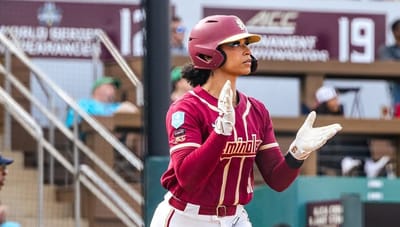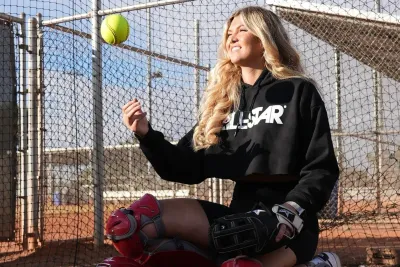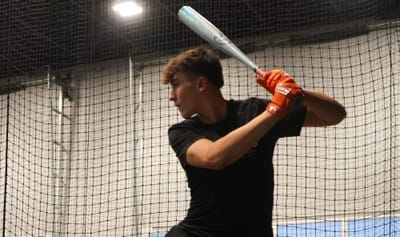
Community, Culture, and Capital at the College World Series
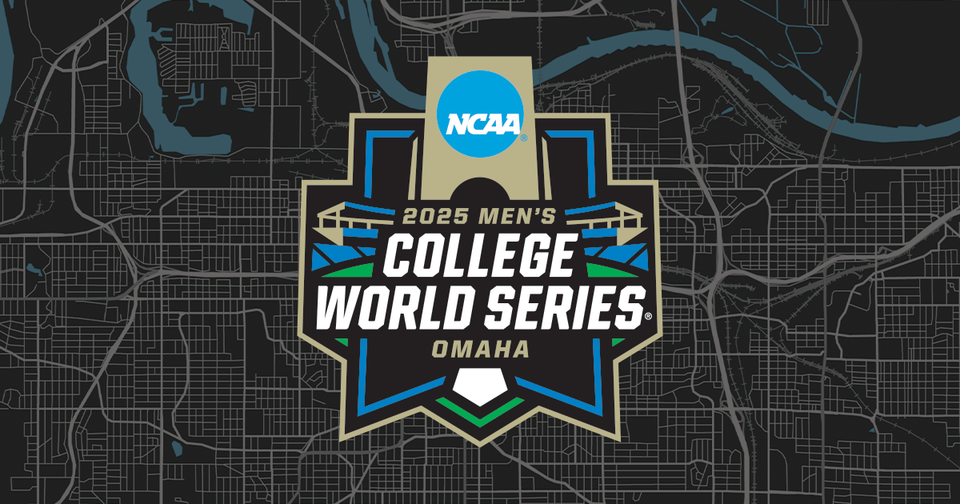
There I was last night—four rows behind home plate at Charles Schwab Field in Omaha—watching LSU take on Arkansas in a College World Series showdown. Not as a pitcher, not as a collectibles shop owner, and not even as a "media person."
Just a fan.
But of course, the lens never shuts off completely. Whether it’s the rhythm of a pitcher’s tempo or the layout of a brand booth at the beer garden, I’m always observing. Always calculating.
Always wondering how this game—America’s pastime—functions as more than a sport. Baseball is an ecosystem, and Omaha is one of its richest environments.
A New Perspective From the Stands
The first thing that hit me was how different it felt. This wasn’t my Omaha—not the Rosenblatt Stadium I pitched in back in 2008 & 2009. That version had grit, age, character.
This one?
Sleek. Polished. Modern. It reminded me of when Yankee Stadium got an upgrade. Or when Alex Box Stadium leveled up in Baton Rouge. You understand why it happened, but it’s a different energy. A different experience.

Yet there I sat, four rows back, watching Kade Anderson work with surgical precision. I tracked nearly every pitch (had a few beers, so missed a couple). Lip-read every offensive timeout from Coach Jay Johnson.
And as the innings rolled on, I started to feel something familiar—like those minor league days when I’d be charting pitches in the stands. It’s wild how, even after all this time, I could still call out the pitch sequence before it happened. Not because of data or analytics, but because I know how pitchers think.
Because I was one.
The Sensory Experience: Coffee, Community, and Nostalgia
This morning, I sat in the Hilton lobby with a coffee in hand and Lilah sitting on my lap, while I was reading.
Arizona fans buzzed in and out of the elevators, lining up to send their team off to the field.
And just like that, it hit me—this is the part that hasn’t changed.
This was the Omaha I remembered. The shared space. The routine. The ritual.
And right then—two women, maybe in their mid-50s were standing across from me, working the hotel’s College World Series merchandise table. They spotted Lilah and asked if they could come say hello to her. They were both teachers. This was their summer hustle. They told me most of the workers inside the stadium were educators or related to someone in the school system. It’s a local tradition. A community effort. And a real economic engine.
"It's huge for Omaha," said Kristy McGuire, one of the teachers I got to talk to. "When the NCAA said Rosenblatt had to go, the city had a hard decision to make. But I personally don't think they had a choice."
And as much as I loved the old feel of the old stadium, I completely understood what she meant, and agreed. The game has evolved, and this was good for the city. The economics of the city. The growth of the city.
And the evolution of the event doesn't take away from the community, it evolves it as well.
Events like the CWS turn into seasonal lifelines for entire neighborhoods. The tournament becomes more than just baseball—it becomes business.
Brands at the Ballpark: Omaha Baseball Village
Later today, I’ll walk through the Omaha Baseball Village again and talk to reps from brands like Baseballism, Baseball Lifestyle, Perfect Game USA and other youth organizations doing activations. These are brands I might not have noticed as a first-rounder pitching on ESPN—back then, it was about draft stock and winning a championship, not demographics.

But now? I see the chessboard.
These brands are telling stories. They’re monetizing emotion. They’re selling nostalgia. They're capturing attention. They’re building communities through merchandise and experience.
A business turning the tournament into a platform for brands to engage fans and target their dream customers?
Genius. Well played, Omaha Baseball Village!
Who Stood Out?
Absolutely Ridiculous, a brand I have been a fan of from a far for a little while now, had their frist activation in the brand's short three year history.
The brand has cracked the code of attention and stroy-telling, the right brand ambassadors, and scarcity/exclusivity. Oh, and their gloves, belts, and protective gear is pretty slick.
Their model?
Create high-quality, unique items for the best of the best, and let the brand speak for itself.
And at events like the College World Series? Parents, kids, fans flocked like crazy, and the brand stood out from the rest, in my opinion.

Household names like Oakley and Perfect Game were showcasing and capitalizing on their 2025 Omaha Collections, while smaller, independent brands were also finding ways to tap into the moment. From women’s clothing lines with catchy baseball-inspired phrases to hat companies offering high-quality, print-on-demand customization, a wide range of businesses recognized the ancillary opportunities surrounding the game and showed up ready to connect with fans.
Seeing it from this side—the business side—it reminds me that baseball is alive and well.
Not just in stadiums, but in apparel racks, bat designs, art and collectibles, social media reels, and even handshake deals over craft beers.
The Economics of Fandom
Here’s a fun realization I had while walking into the stadium: what if I could fund my experience as a fan through the very same supply and demand principles I used to apply in sports cards?
I was scrolling through GameTime on the way in in the game and spotted two tickets—four rows behind home plate—priced at $500 each. That might sound steep, but here’s what caught my attention: every seat behind those was more expensive. Eighth row. Tenth row. Even sixteenth row. All priced higher.
So I thought, wait a second… this is just supply and demand 101. These were the closest seats in the section, but they were actually undervalued compared to comps. So I pulled the trigger and bought them—not necessarily to use, but with the idea of flipping them at $1,000–$1,500 apiece.
The play?
- Worst-case: I enjoy a front-row experience I was willing to pay for anyway and upgrade from my complimentary seats.
- Best-case: I flip them, net a profit, and sit in the complimentary seats… and maybe have enough left over for dinner and drinks or even a suite ticket upgrade.
It didn’t work out this time—the tickets didn’t sell fast enough, and I sat in those amazing seats (which wasn’t exactly a bad outcome). But it sparked something in me. If I had listed them a day earlier or adjusted the pricing more dynamically, there’s a real opportunity here.
Live ticket arbitrage. Hustling. Fan flipping.
And it reminded me so much of what I learned in the sports card world—entry points, price comps, understanding momentum and hype. High-demand matchups like LSU vs. Arkansas are no different than a Bowman Chrome release. The laws of economics are alive and well in the stands and off the field.
For fans who want to attend anyway, this is just another way to think smart: Buy early. Spot value. Understand scarcity. Monetize demand.
Same rules, different arena.
Preserving Legacy?
As Kade Anderson started dealing—a no-hitter through three innings and the kind of tempo that screamed CG shutty some type of legendary game—I found myself scanning for physical tickets.
Not for resale.
But for history.
If Kade throws a complete game shutout (or lets get nutty and say he throws a no-no), on the College World Series stage and later becomes the No. 1 overall pick, that ticket becomes more than a piece of paper—it becomes a legacy marker.
Whether it's for his mom, an uncle who is a college baseball super fan, or a piece auctioned off for charity years from now, those are the moments I look for now. Moments worth preserving.
Recently, I started working with athletes who collect to help guys like Kade—players living in their moment, not thinking about future memorabilia or long-term brand equity.
I was that guy once. And now I get to be the one thinking 20 years ahead, making sure their story gets saved, signed, and shared the right way.
Why It All Matters
Omaha, Baton Rouge, Cooperstown DreamsPark, Yankee Stadium—wherever the game is, baseball builds micro-communities.
It draws fathers and sons. It gives teachers a side gig. It gives creators and entrepreneurs a place to activate.
The College World Series isn’t just a tournament. It’s a platform for connection.
And for someone like me—who once stood on that mound, who later stood behind the counter of a collectibles shop, and who now stands in the in-between of storytelling and strategy—this weekend in Omaha reminded me why I still love and believe in this game so much.
Because baseball has always been more than x's and o's.
It’s tradition. It’s hustle. It’s business.
And when you zoom out just far enough, you see it for what it really is: an ecosystem and a community.
And I love it.
